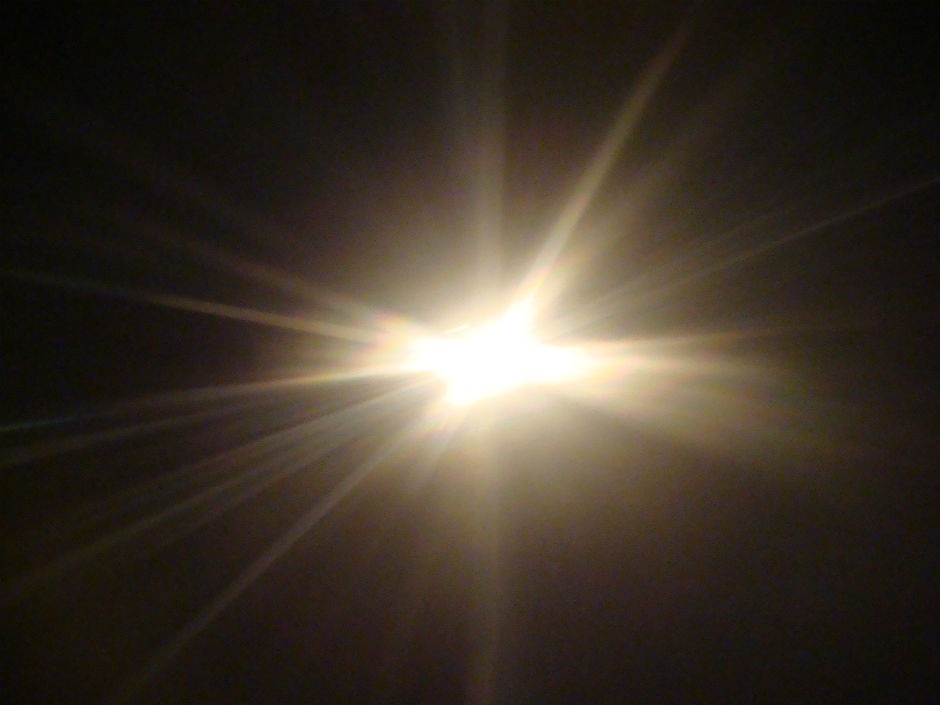Bakhtiar Ali Khan received his Bachelor's degree in electrical engineering from GIKI Pakistan, followed by a Master’s degree from Jacobs University Germany. He is currently pursuing a doctoral degree in the field of electromagnetics at Concordia. His research interest resides in antenna design for next-generation satellite and space applications. So far, he has published around 10 journal and conference articles.
Blog post
Let there be light

What is light? How is it generated? How does it interact? How does it propagate through space? There is so much more to this seemingly benign yet subtle and complex phenomenon. The nature of light is hard to grasp, this is partly because it depicts two different natures simultaneously, which are, the particle-like nature and the wave-like nature. However, for the following discussion we look at light as an electromagnetic wave. Electromagnetism is one of the fundamental forces of nature.
History
Up until the 17th century, we were aware of light but were not able to explain it. Great scientists like Isaac Newton and Christiaan Huygens did provide preliminary explanations. However, a more precise and sophisticated explanation came from a Scottish scientist named J. C. Maxwell.
Historically, in the early 1800s, M. Faraday showed experimentally that a varying magnetic field gives rise to an electromotive force called EMF, which resulted in an electric current. He also established the changing electric field gives magnetic field. The relationship between the electric field and magnetic field was known experimentally.
However, it was not general. Maxwell compiled a general set of equations that were true for all kinds of electromagnetic interactions and phenomena. These equations predicted the existence of the electromagnetic waves. The existence of these waves was experimentally proved later by H. Hertz.
Maxwell’s Equations
Maxwell wrote four profound equations which established a general relation between the electric and magnetic field. These equations are based on the observations made before him. Let me explain what these equations say.
The first equation says that a magnetic monopole cannot exit, which means that a magnet will always have two poles, namely north and south. These poles cannot be found individually. This came about because the magnetic field will start at the north pole and it has to end at the south pole. As illustrated in the figure below.

The earth has a magnetic field as well and it follows the same principle. Maxwell’s second equation says that if we have a charge in a box (an electron or proton), as shown in the figure above, by counting the electric field lines coming out of the box, we can find out the strength of the charge inside the box. The other two equations can be summarized in the following way. A time varying electric field will give rise to a spatially varying magnetic field and vice versa.
Implications
A profound consequence of Maxwell’s equations is the electromagnetic waves. The electric and magnetic fields are at a 90 degrees to each other and to the direction of propagation as shown in the figure.

A very important constant comes out of these equations, which is the speed of light. And it is at this point it was realized that light is in fact an electromagnetic wave. Light is a very thin slice of the larger electromagnetic spectrum. As shown in the figure, lower frequencies are called radio waves and as the frequency is increased we step into the microwaves and then infrared followed by visible light.

Light, as we observe it, is composed of different frequencies. When a beam of light passes through a prism, different frequencies go in different directions and hence we can see the colour split as shown here. The same thing occurs when light from the sun passes through water droplets after rain and we call it a rainbow.

Given that Maxwell’s equations hold true for the larger electromagnetic spectrum, these equations are to electromagnetics what Newton’s laws are to physics. Modern communication systems are fundamentally based on electromagnetic wave propagation. Thanks to the general theory laid by Maxwell, we not only have a good understanding of this phenomenon but we can leverage it to our advantage.
About the author
